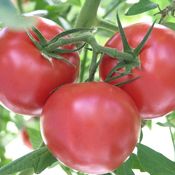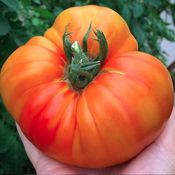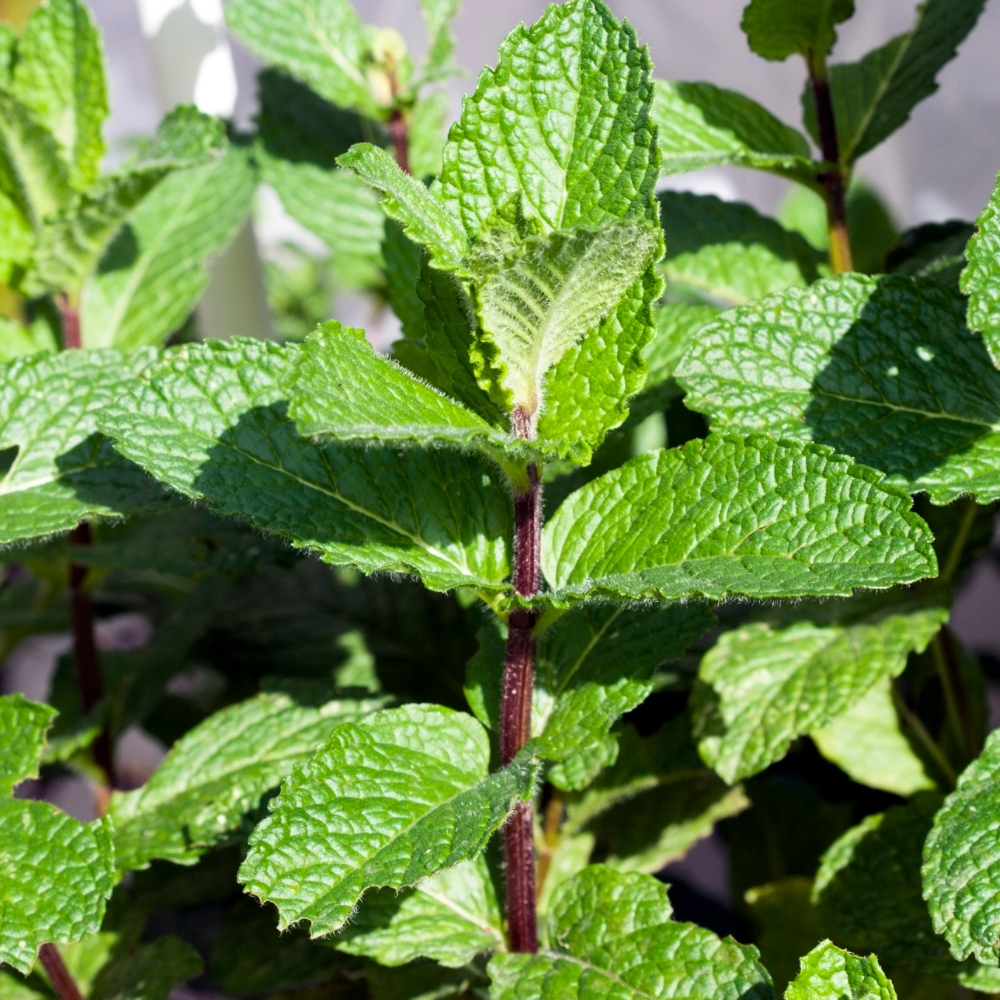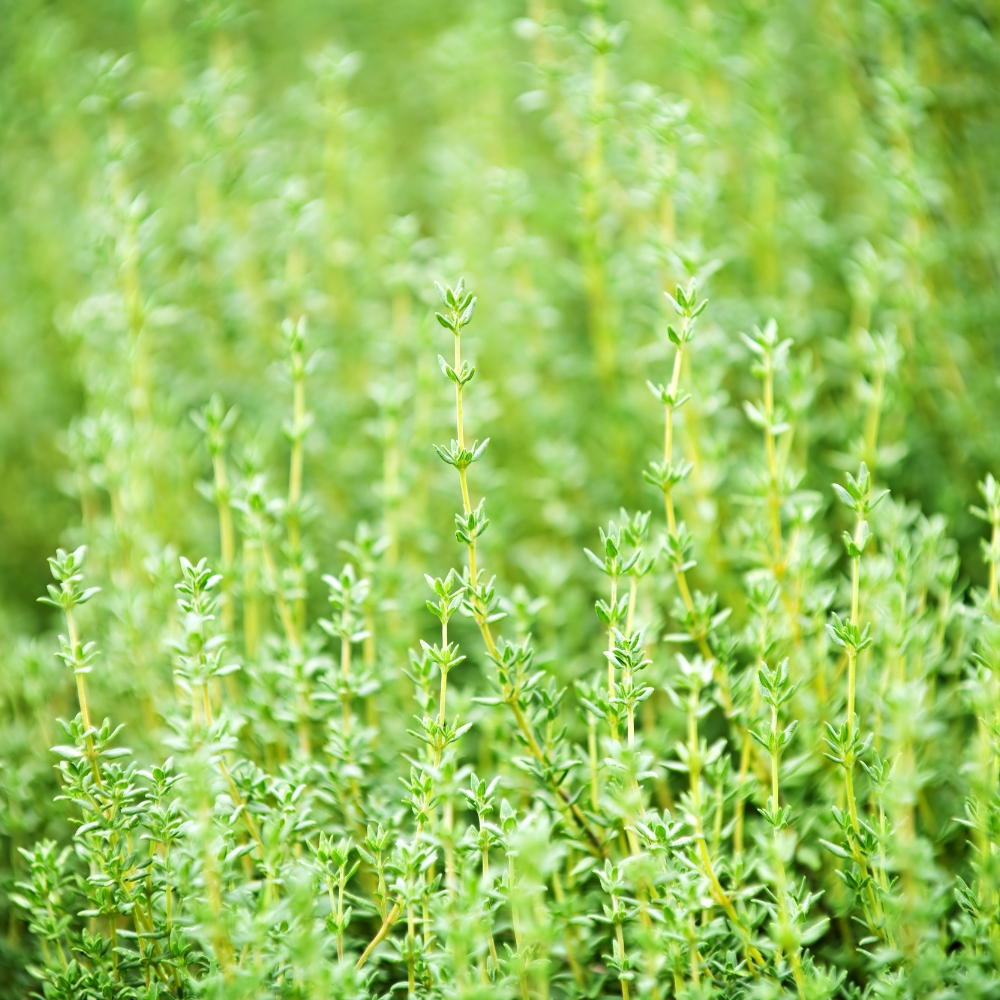
Bracteantha, commonly known as Strawflower is native to Australia, but has become increasingly popular throughout the world. Its name comes from the flower petals, that are actually bracts. A bract is a modified leaf, usually of a different color or form, that grows underneath the primary blossom. In this instance, the primary blossom will almost always be a sunny or golden color of yellow. The Strawflower, sometimes called Golden Everlasting Strawflower or Paper Daisy, is a favorite among gardeners for its unique, papery blooms that resemble everlasting, vibrantly-colored, dried flowers. These vivid blossoms add color and texture to gardens, containers, and dried floral arrangements.
This guide provides all of the essential information for successfully growing and maintaining Bracteantha throughout the season.
What Are Bracteantha?
Bracteantha (brock-tee-AN-thuh), from the family Xerochrysum bracteatum, is a flowering perennial plant often grown as an annual in cooler climates. Identified by its papery bracts and bright colors, Strawflower belongs to the Asteraceae family, which also includes daisies and sunflowers, though its cousins have real petals, not bracts. These hardy plants thrive in sunny conditions and are highly drought-tolerant, making them perfect for low-maintenance gardening.
History and Origin
Bracteantha grows naturally in sunny, dry areas throughout Australia. It was first introduced to Europe in the 19th century and quickly gained popularity for its striking blooms and exceptional longevity as a cut flower. Over the years, hybridization has produced a wide array of colors, sizes, and forms, giving gardeners more choices for their landscapes and arrangements.
Choosing the Right Variety
When selecting Bracteantha for your garden, consider the following popular varieties and traits:
- Tall Varieties: Tall Strawflowers are ideal for garden borders and cut flowers; tall Bracteantha grow to heights up to 36 inches.
- Compact Varieties: These are perfect for containers and smaller garden spaces; compact Bracteantha, typically reach heights under 18 inches tall.
- Color Choices: You will find Strawflowers in vibrant shades of yellow, orange, pink, red, white, and fun bi-colored combinations, as well as in varying forms, from pom-pom-like flowers to ones that are closer to a daisy.
Planting Options
You can grow Bracteantha from seeds or nursery plants. Starting from seeds is more cost-effective and will include a broader selection of colors and forms from which to choose. On the other hand, growing from starter plants is less labor-intensive. Your plants will establish more quickly and will bloom earlier than if you’d grown them from seeds.
Soil Preparation
Proper soil preparation ensures healthy growth and vibrant blooms.
- Type: Well-draining, sandy, or loamy soil is ideal. Mixing your garden soil with peat moss and sand or perlite will provide the best habitat, unless your soil is already loamy or sandy.
- pH Level: Neutral to slightly acidic soil (pH 6.0–7.0) will ensure the optimal growth. pH testers are relatively inexpensive and are well worth the investment. Read our blog article Soil pH for Beginners to learn how to easily raise or lower the pH of your garden soil.
- Amendments: Incorporate compost or organic matter to improve fertility and drainage.
Sunlight and Temperature Requirements
- Full Sun: Bracteantha thrives with at least 6 to 8 hours of direct sunlight daily.
- Temperature Tolerance: Strawflowers perform best in temperatures between 65°F and 85°F, though they can tolerate warmer conditions.
- Frost Sensitivity: Paper Daisies are not frost-hardy; plant outdoors only after the last frost. If you are unsure of the last average frost date for your area, you can find that information online in the Farmer’s Almanac, or in the checkout line of your local grocery store in paperback form. Be sure to monitor the weather in early spring so that you can cover your plants if a late frost occurs.
Starting Bracteantha from Seeds
Growing Strawflower from seed is an economical way to produce a large number of plants, while also taking advantage of the broader choices of colors and forms.
How and When to Sow
Start seeds indoors 6–8 weeks before the last frost date for your growing zone, so plan accordingly. Germination requires temperatures between 65°F and 75°F. If you are starting your seeds in a cooler area, the use of an inexpensive warming mat will do the trick. Prices start as low as $10, with the Cadillac of warming mats, complete with a thermostat, costing between $25 and $50.
- Use a Light Seed-Starting Mix: A fine, well-aerated and well-draining medium will ensure the healthiest growth and flower production.
- Sow Lightly: Scatter seeds on the soil’s surface and press them lightly to make good contact with your soil but don’t cover them. Strawflower seeds require light to germinate.
- Keep Moist: Mist the soil gently and maintain consistent moisture. Misting the soil prevents the seeds from being displaced as they are germinating and developing roots.
- Provide Light: Place in a bright, sunny window or under grow lights for 10–12 hours of light daily.
- Thin your seedlings, if necessary, keeping the most vigorous plants, while discarding the weaker plants (if you don’t want to discard any plants, you may want to try moving those weaker seedlings to another tray; however, you should know that many may die of the stress associated with doing this.). Thinning your plants will ensure that the healthiest plants will be transplanted, that there is not as much competition for nutrients, and that your remaining seedlings will grow more robustly.
Transplanting
Transplant your Bracteantha seedlings when they have at least two sets of true leaves. These are the leaves that will grow after the first tiny, oval leaves appear. They are usually larger and will have a different form. In the flower bed, space them 12 to 18 inches apart, ensuring adequate air circulation and growth. Plant at the same depth as in their seed trays or nursery pots. If using biodegradable seedling pots, just plant the whole pot level with the soil.
Watering and Fertilization
Watering
Water garden-planted Paper Daisies deeply once a week; potted plants may need more frequent watering. Definitely avoid overwatering! Strawflowers are drought-tolerant and prefer slightly dry conditions. Overwatering can lead to root rot, which will eventually kill your Strawflower plants. Root rot is often invisible, until it’s too late. This fungal infection will turn the roots of your plants soft and black, making them unable to absorb the essential nutrients necessary for growth.
Early Signs of Root Rot
You may first notice that your soil stays consistently wet, not just moist. This will normally be followed by wilting or yellowing leaves, as well as slow or stunted growth. Is it stinky? Lean in to smell the soil. If it has a foul odor, the roots of your plants are decaying.
Treating Root Rot
This process is labor-intensive, so it is best to prevent this if possible. You will need to carefully remove the plant from its pot or the soil, shake off the excess, and trim the affected roots. Then you may want to amend your soil to ensure proper drainage. If in the pot, you will want to sterilize the pot. Ensure your pot has drainage holes and use a garden soil amended with peat moss and sand or perlite; a high quality potting soil will advertise these amendments.
Fertilization
Fertilize every 4–6 weeks during the growing season for best results. Use a balanced, slow-release fertilizer or a liquid feed. Once the blooming season has ended, you can cut back on fertilization, resuming your feeding schedule in the spring when new growth is appearing.
Pruning and Deadheading
Regularly remove spent or fading blossoms to encourage more continuous flowering. You’ll want to prune back any leggy, ugly, sparsely leafed stems to promote bushier growth and more prolific flowering.
Pest and Disease Management
Bracteantha is relatively pest-resistant but can occasionally encounter issues, such as:
Aphids and Whiteflies: Use insecticidal soap or neem oil if infestations occur. A hefty stream of water will also dislodge aphids. To address whiteflies, we recommend that you read our blog article How to Get Rid of Whiteflies.
Fungal Diseases: Prevent powdery mildew and root rot by ensuring good air circulation and avoiding overwatering. You can improve air circulation by pruning out stems in an overly bushy plant and by thinning your plants to have adequate space between them.
Companion Planting
Pairing Bracteantha with other plants can enhance its beauty and provide ecological benefits. We recommend:
- Lavender and Sage: These drought-tolerant companions share similar water and sunlight requirements.
- Salvia and Verbena: Add contrasting textures and colors for a stunning display.
- Marigolds: Help repel pests and provide vibrant complementary blooms. Marigolds are an ideal border plant for your entire flower garden.
ProTips for Container Gardening
Choose pots with excellent drainage and a depth of at least 12 inches. Your containers should have drain holes in the bottom and you should use a well-draining potting mix enriched with sand or perlite.
We recommend that you combine your Strawflowers with trailing plants like ivy, low growing plants, such as sedum, or with other drought-tolerant, upright bloomers for visual appeal.
Drying Bracteantha for Arrangements
Strawflowers are ideal for dried floral arrangements due to their long-lasting papery texture.
- Harvest: Cut your flowers when they are just half-open for the best results. Don’t wait until the end of the season when blossoms may be smaller and not last as long. Leave plenty of stem to allow for bundling.
- Hang to Dry: Bundle the stems together and hang them upside down in a warm, dry, and dark place for 1–2 weeks.
- Store Properly: Once dried, store your flowers in a cool, dry location to prevent fading, moisture damage, or rodent damage.
Addressing the Most Common Problems
- Leggy Growth: Ensure your plants receive enough sunlight and prune regularly. This may also happen if you are using a high-nitrogen content fertilizer.
- Yellow Leaves: Check for overwatering or nutrient deficiencies and adjust care accordingly. These are both relatively easy issues to correct.
- Sparse Blooms: Increase their sunlight exposure (which may require transplanting) and provide adequate fertilization, especially when they are flowering.
With its vibrant colors, unique textures, and long-lasting blossoms, Bracteantha is a versatile, low-maintenance, and gratifying addition to any garden or container. Whether you’re looking to create striking borders, enhance patio pots, or craft beautiful, dried, everlasting flower arrangements, Strawflowers offer endless possibilities to express your creativity and enjoy nature’s beauty.
Bring the charm of Bracteantha to your garden this season—you’ll be delighted with its cheery blooms and minimal care requirements!
































































































































































































































































































































































































































































































































































































































































